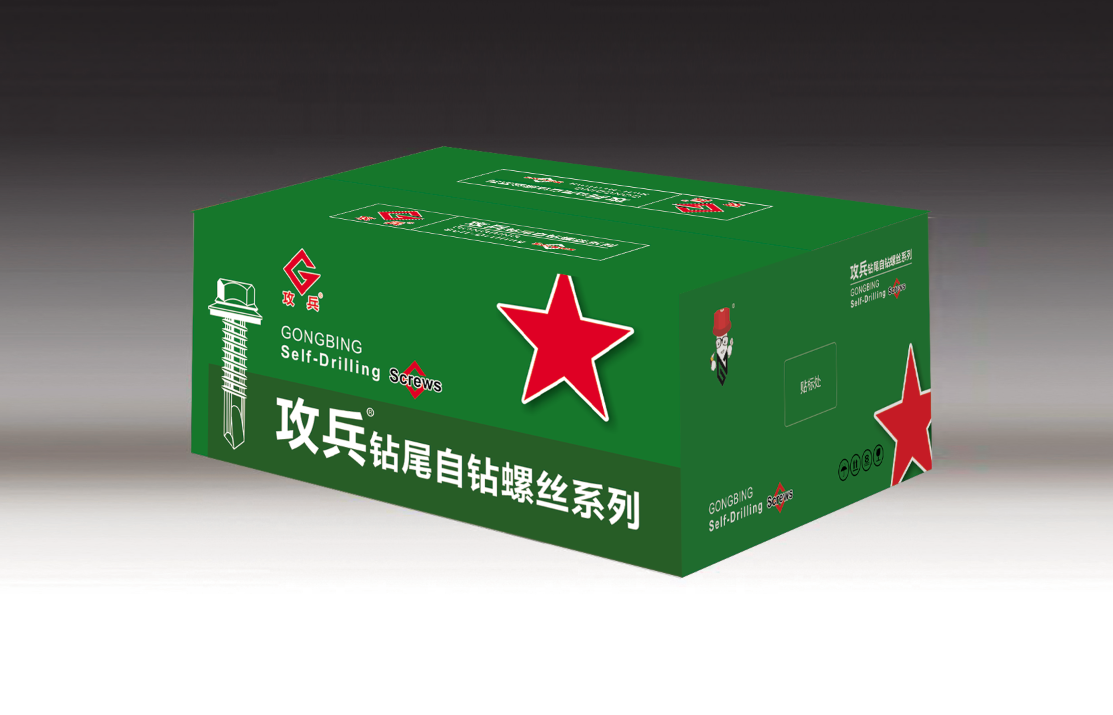Understanding Epoxy Resin Anchors for Strong and Reliable Fixings in Construction
Understanding Epoxy Resin Anchors Strength and Versatility in Construction
Epoxy resin anchors have revolutionized the field of construction and engineering by offering a reliable solution for securing and stabilizing various structures. With the growing demand for high-performance fastening systems, epoxy resin anchors provide an ideal blend of strength, durability, and resistance to environmental factors. This article explores the fundamental aspects of epoxy resin anchors, including their composition, applications, advantages, and installation techniques.
What Are Epoxy Resin Anchors?
Epoxy resin anchors are fastening systems used to secure objects to concrete, masonry, or other substrates. They consist of a two-part epoxy resin that, when mixed, forms a rigid and strong bonding material. The primary components are epoxy resins and hardeners, which, when combined, undergo a chemical reaction that leads to the curing process. This results in a strong bond that is durable and capable of withstanding various loads.
Composition of Epoxy Resin Anchors
The two-part system of epoxy resin anchors typically includes
1. Epoxy Resin The base material that provides the adhesive properties. It offers excellent bonding strength and durability.
2. Hardener This component activates the curing process when mixed with the resin. The choice of hardener affects the performance characteristics of the anchoring system, such as setting time and temperature resistance.
3. Fillers (Optional) Depending on the application, fillers may be added to enhance specific properties, including chemical resistance and viscosity.
Applications of Epoxy Resin Anchors
Epoxy resin anchors are widely used in various construction and engineering applications, including
- Structural Supports Securing beams, columns, and other structural elements to concrete. - Reinforcement Providing additional support in retrofitting projects, where existing structures need enhancement. - Bridge and Highway Construction Ensuring the stability of barrier walls and other elements subjected to dynamic loads. - Heavy Machinery Base Plates Anchoring machine bases to prevent vibration and movement during operation. - Marine Applications Used in marine environments due to their resistance to water and corrosion.
Advantages of Epoxy Resin Anchors
Epoxy resin anchors offer several benefits that make them a preferred choice in many applications
epoxy resin anchor

2. Durability Resistant to moisture, chemicals, and temperature fluctuations, epoxy anchors can withstand harsh environmental conditions.
3. Versatility Available in various formulations, epoxy resin anchors can be tailored for specific applications, including quick-setting versions for time-sensitive projects.
4. Ease of Use The application process is straightforward; mixing the resin and hardener can be done on-site, and the anchors can be set with simple tools.
5. Minimal Expansion Unlike some mechanical anchors, epoxy anchors do not expand, reducing the risk of cracking the base material.
Installation Process
The installation of epoxy resin anchors involves several critical steps
1. Surface Preparation The substrate must be clean, free from dust, oil, and debris. This ensures optimal bonding.
2. Drilling A hole is drilled into the substrate according to the specifications of the anchor being used.
3. Mixing The epoxy resin and hardener are mixed according to the manufacturer's instructions. This typically involves a specific ratio to ensure proper curing.
4. Inserting the Anchor The mixed epoxy is injected into the drilled hole, and the anchor is placed into the hole while ensuring it is adequately coated with the epoxy.
5. Curing Allow the anchor to cure for the time specified by the manufacturer. This ensures that the bond reaches its full strength.
6. Final Checks Once cured, the installation should be inspected to confirm that all components are secure and functioning as intended.
Conclusion
Epoxy resin anchors represent a significant advancement in anchoring technology within the construction industry. With their high strength, durability, and versatility, they provide reliable solutions for securing structures in a variety of applications. By understanding the composition, benefits, and installation processes of epoxy resin anchors, professionals in the field can ensure that their projects are both safe and efficient. Whether for new constructions or retrofitting existing structures, epoxy resin anchors remain an integral part of modern engineering practices.
-
Wedge Anchor Bolts: Secure Fastening SolutionsNouvèlAug.05,2025
-
Insulation Fixings: Secure and Durable SolutionsNouvèlAug.05,2025
-
Full Threaded Studs: Versatile Fastening SolutionsNouvèlAug.05,2025
-
Expanding Fasteners: Secure and Reliable SolutionsNouvèlAug.05,2025
-
Butterfly Toggle Anchors: Secure and Easy to UseNouvèlAug.05,2025
-
Bracing Solutions for Steel StructuresNouvèlAug.05,2025
